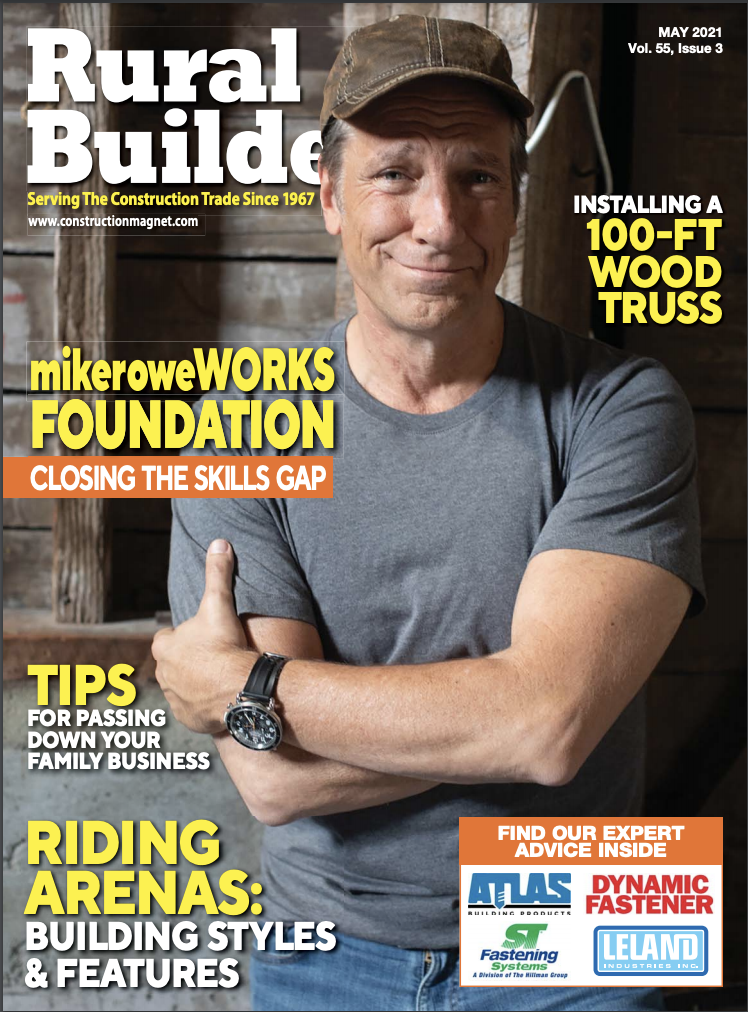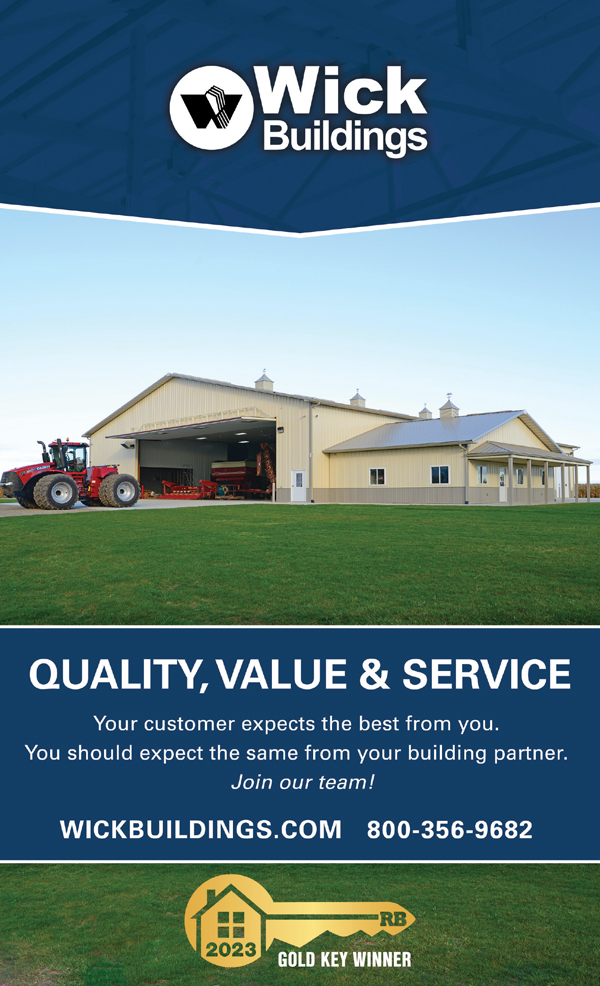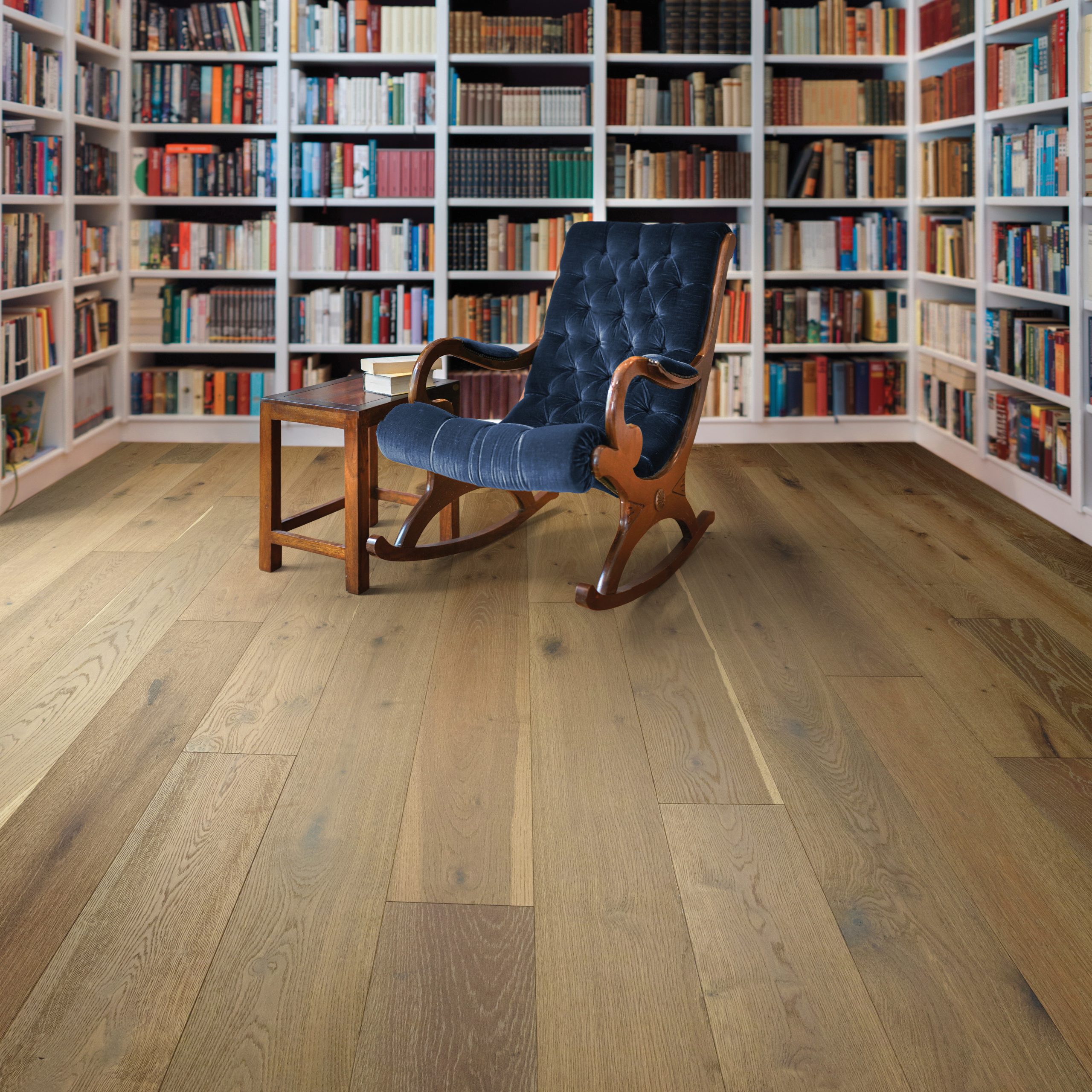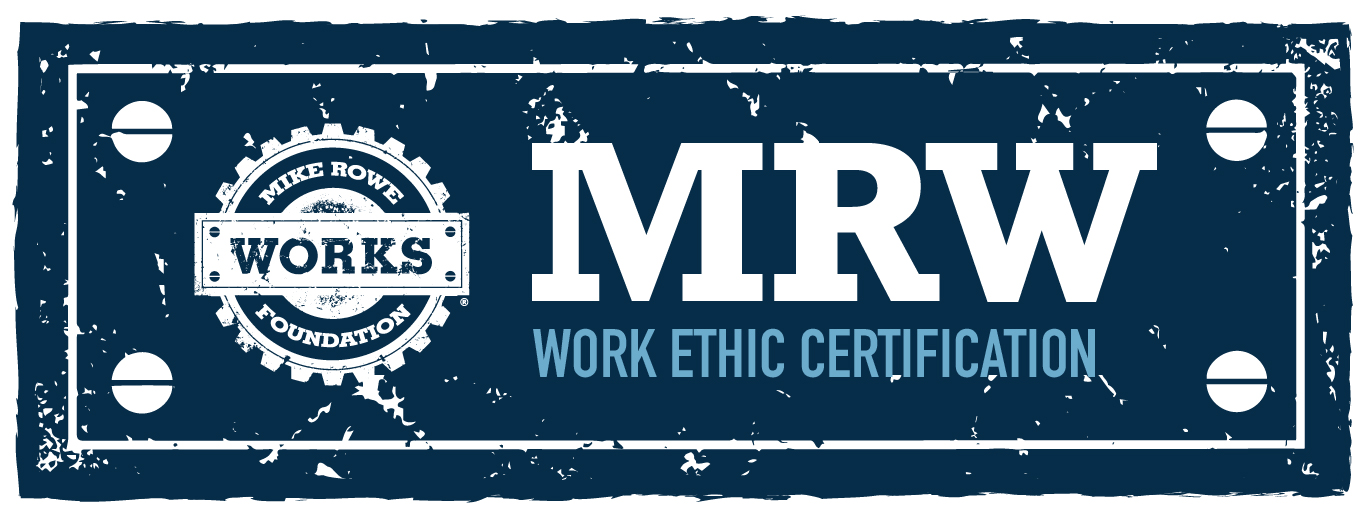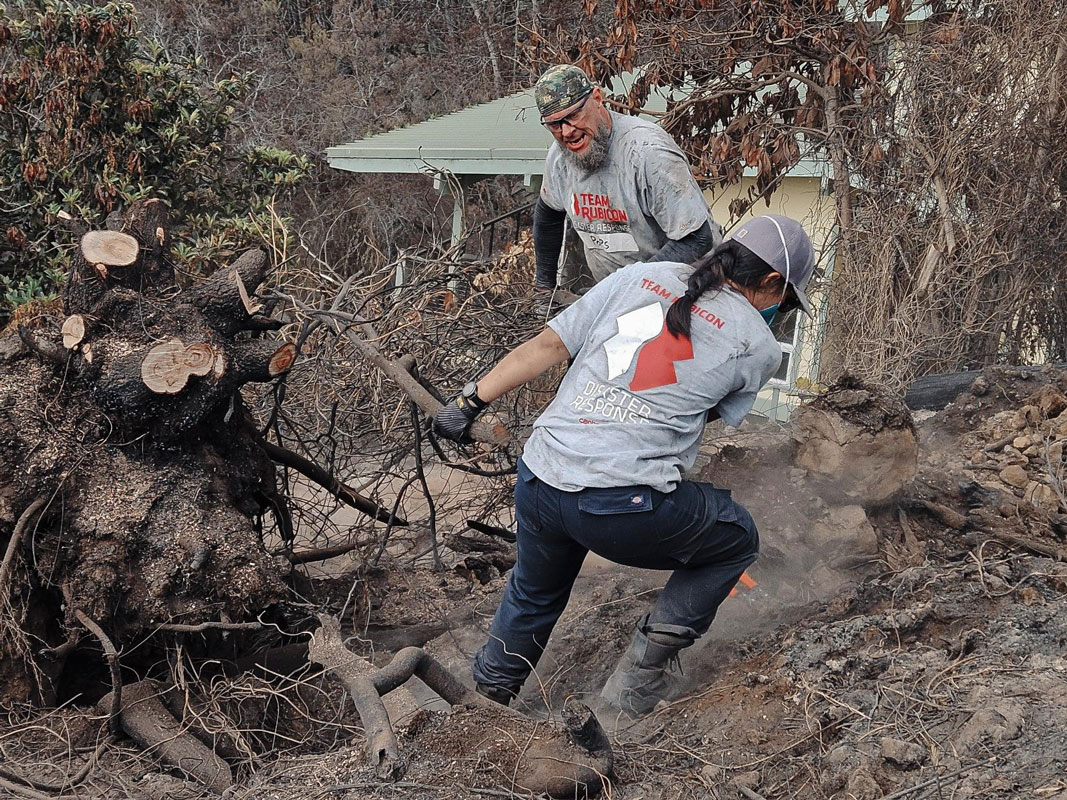By BuildSteel [www.buildsteel.org]
When some building owners consider structural systems for their construction projects, they overlook cold-formed steel (CFS) framing. Why? There are many common misconceptions about the effectiveness of CFS as a structural material.
However, a range of successful projects have proven these myths false. CFS framing can be an excellent alternative to other structural materials for a variety of multi-family and non-residential projects.
Below, we explore some of the most common myths about CFS as a structural material.
Myth #1:
Structural CFS framing will
rust or corrode over time
Some building professionals assume that all steel will rust, but CFS framing is galvanized with coatings to prevent corrosion.
In fact, the NAHB Research Center measured test samples in varying North America locations and found that galvanized steel coating’s corrosion rate offered a life expectancy of 325 to over 1,000 years.
For optimal performance, the contractor should be sure that the CFS framing members meet the AISI S201 specifications for recommended coating weights, and the team should follow proper installation procedures to protect the coatings once welds or fasteners are applied.
Myth#2:
CFS is only appropriate for
non-structural walls
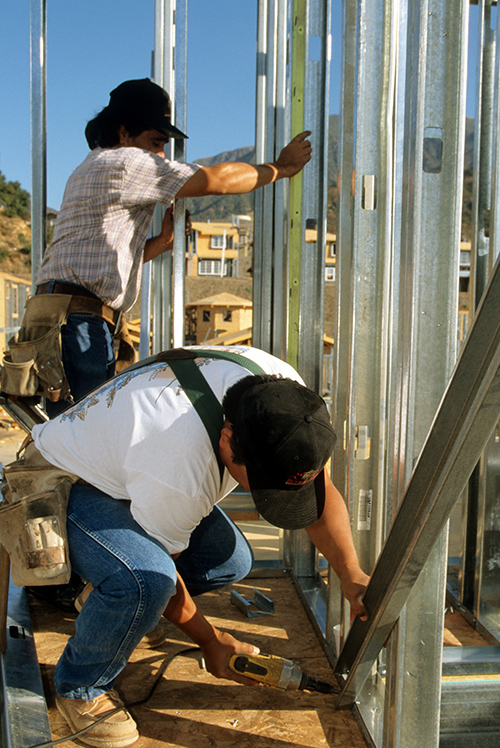
While it’s true that CFS is lightweight, which makes it an ideal material for interior non-structural walls, CFS is an effective option for load-bearing walls as well. CFS weighs one-third less than wood studs and has the dimensional stability to maintain its structural integrity over the long term — meaning it won’t settle or sag like other structural materials.
Because a structural CFS framing system will not warp or settle, adjacent materials that rely on the frame’s strength, such as plaster, will be less likely to crack as well. CFS is also non-combustible, providing additional fire safety benefits over other materials.
Myth #3:
Structural CFS framing is limited to
low-rise, standard construction
Multiple building owners have used structural CFS framing as a durable, cost-effective solution for mid-rise construction projects, from multi-family housing to institutional developments. For example, the residential complex City Green in Milwaukee, Wisconsin used structural CFS framing for three apartment towers, one of which is 10 stories above ground.
Another important consideration for contemporary architecture is that CFS framing opens up the possibility for unique design opportunities beyond standard block construction. Consider the 43,000-square-foot Faena Forum public cultural center at the Hotel Miami Beach in Florida. Its impressive 70-foot-diameter spiral circles inside a 40-foot-high coffered dome that relied on radiused cold-formed steel as its primary structural framing.
Myth#4:
Shifts in temperature can weaken
structural CFS framing
The swing from hot, dry conditions to repeated freezing and thawing can weaken many construction materials, making them prematurely age. With weather patterns tending to longer duration heat waves and cold snaps, structural CFS framing can actually help buildings withstand extreme temperature shifts because CFS is dimensionally stable and does not expand or contract with moisture content.
Myth#5:
Structural CFS framing is noisier
than other materials.

Research reveals that people spend 90 percent of their time indoors, and sound reduction is so important to a quality indoor environment that LEEDv4 has an acoustic performance credit intended to provide occupants of workspaces and classrooms with less noise disruption.
With any structural material, what matters most in construction is designing assemblies that provide optimum acoustical performance. Adding acoustical insulation to the wall’s stud cavity, using indirectly connected layers of material on each side of the studs or joists, and adding gypsum underlayment to the floor decking can all help to reduce sound transmission. Learn more about minimizing building noise when using CFS.
Myth#6:
Structural CFS framing costs
more than other materials.
When you consider the overall construction cycle, using CFS as part of a building’s structural system can reduce total construction costs. An owner who built two comparable Holiday Inns in Texas — one with wood framing and the other with CFS — discovered that the use of pre-fabricated CFS framing accelerated the hotel’s erection and required less materials and labor, saving money on construction.
The general contractor of a six-story Embassy Suites hotel in Ohio estimated that the project saved $10 per square foot by using CFS framing for interior and exterior load-bearing and non-load-bearing walls, and floor and roof joists.
As project owners increasingly opt to use load-bearing CFS framing, their successful developments are combatting these common myths. Not only is it possible to use CFS as part of the structural system of a building, but it provides significant benefits from financial and design standpoints. It also enhances a project’s long-term durability, which reduces maintenance issues and can lower insurance premiums.
To see if your next project could benefit from switching to a load-bearing CFS structural system, contact BuildSteel for complimentary project assistance [https://buildsteel.org/project-assistance/]. Their team of experts can review your design and make recommendations for design and cost-effectiveness improvements. RB
